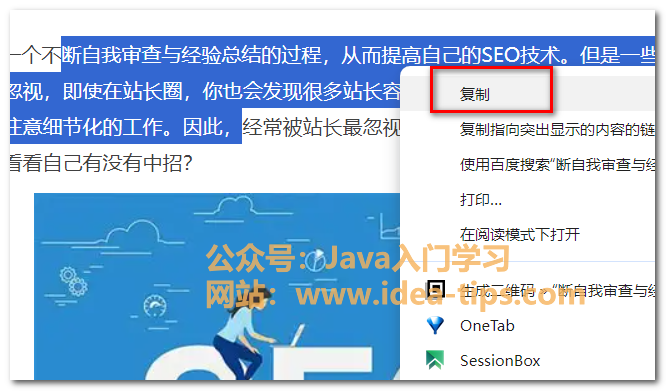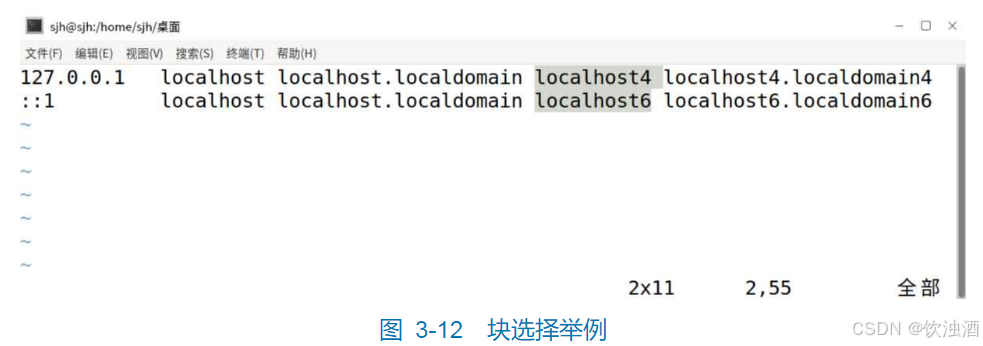一、概述
1、为什么选择 Spring Boot ?
Spring Boot 是目前 Java 社区最流行、最有影响力的技术之一,也是下一代企业级应用开发的首选技术。Spring Boot 由 Spring 衍生而来,继承了其所有的有点,为开发者带来了巨大的便利。
“We use a lot of the tools that come with the Spring framework and reap the benefits of having a lot of the out of the box solutions, and not having to worry about writing a ton of additional code—so that really saves us some time and energy.”
-----SEAN GRAHAM, APPLICATION TRANSFORMATION LEAD, DICK’S SPORTING GOODS
“我们使用了Spring框架附带的许多工具,并获得了许多开箱即用的解决方案,而不必担心编写大量额外的代码,因此这确实节省了我们的时间和精力。”
-----肖恩·格雷厄姆,迪克体育用品应用转型主管
2、Spring Boot 3特性:
- Spring Boot 简化开发
- 继承了 Spring 的优点
- 可以快速创建独立运行的 Spring 项目
- 习惯有配置(少量配置即可开发)
- 拥有大量的自动配置
3、Spring Boot 对数据库连接支持
Spring Boot 具有自动配置特性,能够根据应用程序的依赖和配置信息,自动配置数据源。 在大多数情况下,Spring Boot将自动配置为使用HikariCP作为默认数据库连接池。 开发者只需要提供必要的数据库连接信息,Spring Boot就能自动完成数据源的配置过程,极大地简化了开发者的工作。
Spring Boot 提供的与数据相关的场景启动器
二、使用JdbcTemplate 进行数据库的增、删、改、查
1、什么是JdbcTemplate
JdbcTemplated 是Spring 对 JDBC 的封装,使 JDBC 更加易于使用。更为关键的是,JdbcTemplate 对象也是通过自动配置机制注册到 IOC 容器中的。
JdbcTemplate官方文档

2、使用
1.引入依赖
<dependency><groupId>com.mysql</groupId><artifactId>mysql-connector-j</artifactId><scope>runtime</scope></dependency><dependency><groupId>org.springframework.boot</groupId><artifactId>spring-boot-starter-jdbc</artifactId>
</dependency><dependency><groupId>org.springframework.data</groupId><artifactId>spring-data-jdbc</artifactId><version>3.3.5</version>
</dependency>2.配置数据库相关的数据
spring:datasource:name: big_eventdriver-class-name: com.mysql.cj.jdbc.Driverurl: jdbc:mysql://localhost:3306/big_event?useUnicode=true&serverTimezone=Asia/Shanghai&characterEncoding=utf-8&autoReconnect=true&useSSL=false&allowMultiQueries=true&useAffectedRows=trueusername: root # 自己数据库的用户名password: 123456 # 数据库登录的密码3.创建一个数据表
create table jdbc_test
(ds_id int auto_increment comment '主键id'primary key,ds_type varchar(100) null comment '数据源类型',ds_name varchar(100) null comment '数据源名称'
)comment '数据源配置表' engine = InnoDB;4.创建控制包 controller 下的 JdbcController.java
package com.example.demo.controller;import org.springframework.beans.factory.annotation.Autowired;
import org.springframework.jdbc.core.JdbcTemplate;
import org.springframework.util.StringUtils;
import org.springframework.web.bind.annotation.GetMapping;
import org.springframework.web.bind.annotation.RestController;import java.util.List;
import java.util.Map;@RestController
public class JdbcController {@AutowiredJdbcTemplate jdbcTemplate;@GetMapping("/insert")public String insert(String type, String name) {if (StringUtils.isEmpty(type) || StringUtils.isEmpty(name)) {return "参数错误";}try {jdbcTemplate.update("insert into jdbc_test(ds_type, ds_name) values(?, ?)", type, name);return "插入成功";} catch (Exception e) {return "插入失败: " + e.getMessage();}}@GetMapping("/delete")public String delete(int id) {if (id < 0) {return "参数错误";}try {int rowsAffected = jdbcTemplate.update("delete from jdbc_test where ds_id = ?", id);if (rowsAffected == 0) {return "未找到该条数据";}return "删除成功";} catch (Exception e) {return "删除失败: " + e.getMessage();}}@GetMapping("/update")public String update(int id, String type, String name) {if (id < 0 || StringUtils.isEmpty(type) || StringUtils.isEmpty(name)) {return "参数错误";}try {int rowsAffected = jdbcTemplate.update("update jdbc_test set ds_name = ?, ds_type = ? where ds_id = ?", name, type, id);if (rowsAffected == 0) {return "未找到该条数据";}return "更新成功";} catch (Exception e) {return "更新失败: " + e.getMessage();}}@GetMapping("/selects")public List<Map<String, Object>> selects() {try {List<Map<String, Object>> result = jdbcTemplate.queryForList("select * from jdbc_test");return result;} catch (Exception e) {throw new RuntimeException("查询失败: " + e.getMessage(), e);}}
}
3、验证
1.insert 验证:在浏览器中输入
http://localhost:8080/insert?type=test&name=测试类结果如下:

表中显示:
 2.update 验证:在浏览器中输入
2.update 验证:在浏览器中输入
http://localhost:8080/update?id=3&type=test1&name=测试类~~~~~~~~结果如下:

表中显示:

3.delete验证:在浏览器中输入
http://localhost:8080/delete?id=3结果如下:

表中显示: 
4.selects验证:在浏览器中输入
http://localhost:8080/selects结果如下:




















